Re: Cast Oven on Trailer Questions
There's something I'm not communicating: It must be me. I'm going to quote James:
There's something I'm not communicating: It must be me. I'm going to quote James:
The science of how ovens work and how food cooks is interesting, and I am looking forward to learning more. From a practical, hands-on perspetive, I can add a few things from what I have experienced.
1. Any refractory oven cook better than steel ovens with either an electric coil, gas burner or a convection fan. Retained heat ovens absorb the moisture and heat from a wood-fire and reflect fire back into the oven chamber. The heat in a retained heat masonry oven is moist and gentle, compared with the dry of a modern oven. You can put your hand in a wood fired oven and actually "feel" the moisture. Retained heat ovens can cook at a higher temperature than a modern oven, without burning or drying out your food. Consider hearth bread. If you take two loaves of bread made side by side, and put one in a brick oven at 550F, and the other in a modern convection oven at 450F -- the exact same dough will produce a beautiful hearth loaf in the brick oven, with a crisp crust and a well developed, yet moist crumb. You can see the extended strands of dough in the crumb, with well formed holes that result from the oven spring of a moist oven. The crust of the loaf shows the carmelized sugars that only form at higher temperatures.
If you bake that same dough at a high temperature in a conventional oven, it will simply burn. That same dough will make a very ordinary, even bad, loaf of bread in a conventional oven. No oven spring; no crust; no crumb texture; no holes.
Now, apply this same logic to gnocchi, lasagna, a roast, grill or a vegetable gratin. You get a nice, light, moist dish -- and you can see the difference between a brick oven version and a conventional oven version. Make two lasagne, and cook them in the two ovens, and you can definitely see the differnce.
2. With fire-in-the-oven cooking, a brick oven cooks three ways. You get conduction from the cooking floor, where moisture in the dough is converted to steam -- essential for great pizza or bread. You get reflective heat from the dome. The fire in the oven reflects heat evenly down on the cooking floor, and on your pizza (or roast or appetizer or grill pan). The shape of the dome and the round floor are essential for this type of cooking -- you simply cannot do this with a rectagular bread oven. The oven is one of the elements what makes Italian pizza the authentic product that it is. Finally, your wood-fired oven draws in cold air through the bottom of the opening and exhausts hot air out the top half. Inside the oven, hot air moves, creating natural convection. This helps all the food in your oven cook nicely and evenly. The rectangular bread oven is really bad at this, and does not provide even heat on the cooking floor.
My experience is that is it almost impossible to make really good pizza in a brick bread oven, and this extends to all fire-in-the-oven cooking.
3. Wood-fired dome ovens give a definitely better flavor and texture than gas-fired dome ovens. I think this is true for a couple of reasons. First, wood-fired ovens tend to cook hotter. It's easy to keep a Forno Bravo oven at 750F -- they cook at that temperature all day using wood. Most of the gas-fired ovens I have seen cook between 500-650F, which just isn't the same. Gas is good for the San Francisco Zoo, where they cook frozen pizzas in a gas dome oven at 500F (5-7 minutes each), but not for you. Second, wood-fired ovens breath better, making a better, and ligher pizza that cooks in about two minutes. The wood-fired flame laps further in the dome than the gas flame, and it's hotter -- giving you that authentic dark brown crust and melted cheese. It's the point where dough, tomato, mozzarella and olive oil "fuse" that makes great pizza and you can't do it in a gas oven. Last, wood gives you a little nice, smokey flavor from the wood fire. It isn't huge, but you can taste it.
It's definitely easier to cook in a 500F gas dome oven, but it really isn't the same thing -- apples and oranges.
1. Any refractory oven cook better than steel ovens with either an electric coil, gas burner or a convection fan. Retained heat ovens absorb the moisture and heat from a wood-fire and reflect fire back into the oven chamber. The heat in a retained heat masonry oven is moist and gentle, compared with the dry of a modern oven. You can put your hand in a wood fired oven and actually "feel" the moisture. Retained heat ovens can cook at a higher temperature than a modern oven, without burning or drying out your food. Consider hearth bread. If you take two loaves of bread made side by side, and put one in a brick oven at 550F, and the other in a modern convection oven at 450F -- the exact same dough will produce a beautiful hearth loaf in the brick oven, with a crisp crust and a well developed, yet moist crumb. You can see the extended strands of dough in the crumb, with well formed holes that result from the oven spring of a moist oven. The crust of the loaf shows the carmelized sugars that only form at higher temperatures.
If you bake that same dough at a high temperature in a conventional oven, it will simply burn. That same dough will make a very ordinary, even bad, loaf of bread in a conventional oven. No oven spring; no crust; no crumb texture; no holes.
Now, apply this same logic to gnocchi, lasagna, a roast, grill or a vegetable gratin. You get a nice, light, moist dish -- and you can see the difference between a brick oven version and a conventional oven version. Make two lasagne, and cook them in the two ovens, and you can definitely see the differnce.
2. With fire-in-the-oven cooking, a brick oven cooks three ways. You get conduction from the cooking floor, where moisture in the dough is converted to steam -- essential for great pizza or bread. You get reflective heat from the dome. The fire in the oven reflects heat evenly down on the cooking floor, and on your pizza (or roast or appetizer or grill pan). The shape of the dome and the round floor are essential for this type of cooking -- you simply cannot do this with a rectagular bread oven. The oven is one of the elements what makes Italian pizza the authentic product that it is. Finally, your wood-fired oven draws in cold air through the bottom of the opening and exhausts hot air out the top half. Inside the oven, hot air moves, creating natural convection. This helps all the food in your oven cook nicely and evenly. The rectangular bread oven is really bad at this, and does not provide even heat on the cooking floor.
My experience is that is it almost impossible to make really good pizza in a brick bread oven, and this extends to all fire-in-the-oven cooking.
3. Wood-fired dome ovens give a definitely better flavor and texture than gas-fired dome ovens. I think this is true for a couple of reasons. First, wood-fired ovens tend to cook hotter. It's easy to keep a Forno Bravo oven at 750F -- they cook at that temperature all day using wood. Most of the gas-fired ovens I have seen cook between 500-650F, which just isn't the same. Gas is good for the San Francisco Zoo, where they cook frozen pizzas in a gas dome oven at 500F (5-7 minutes each), but not for you. Second, wood-fired ovens breath better, making a better, and ligher pizza that cooks in about two minutes. The wood-fired flame laps further in the dome than the gas flame, and it's hotter -- giving you that authentic dark brown crust and melted cheese. It's the point where dough, tomato, mozzarella and olive oil "fuse" that makes great pizza and you can't do it in a gas oven. Last, wood gives you a little nice, smokey flavor from the wood fire. It isn't huge, but you can taste it.
It's definitely easier to cook in a 500F gas dome oven, but it really isn't the same thing -- apples and oranges.






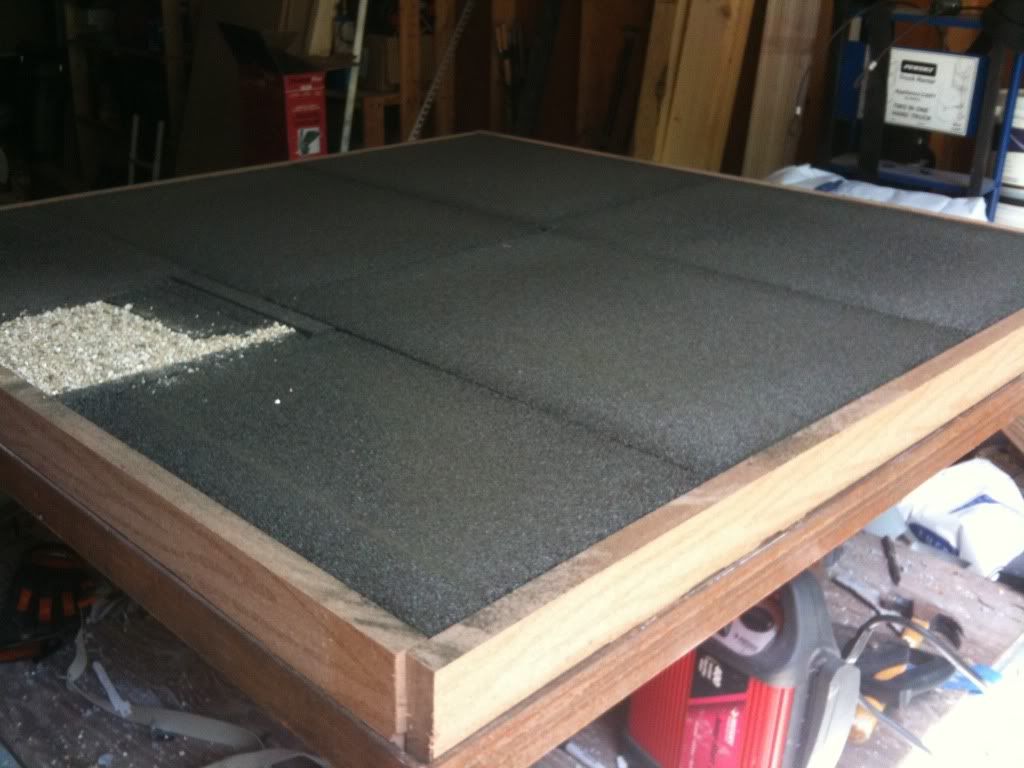
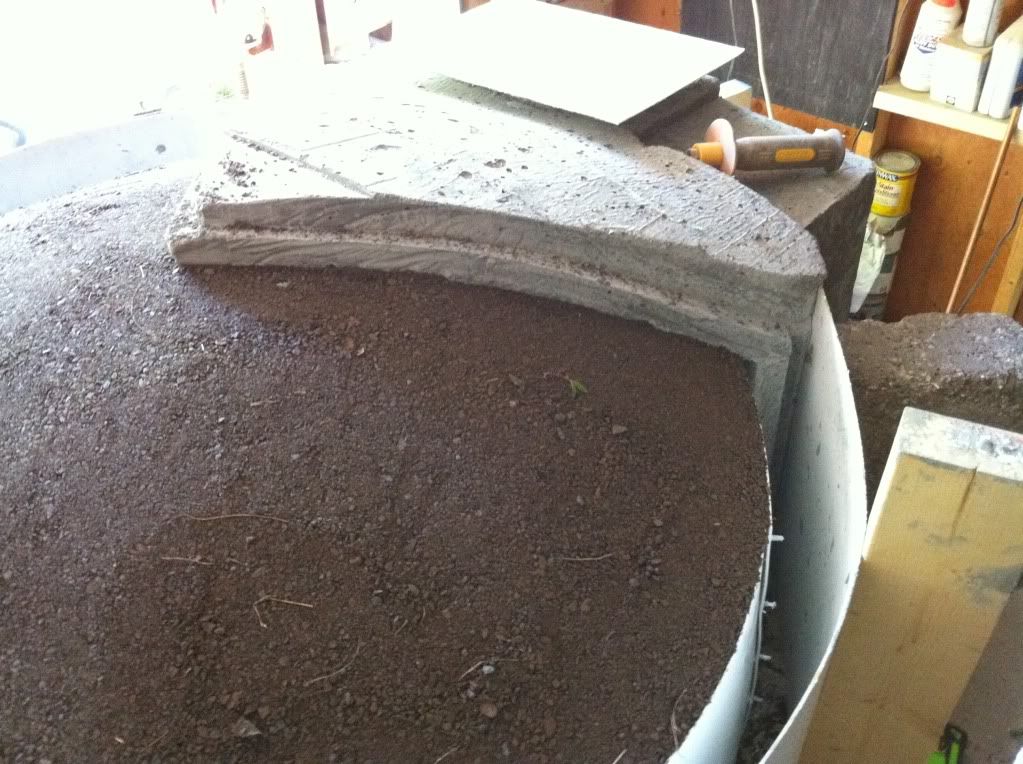

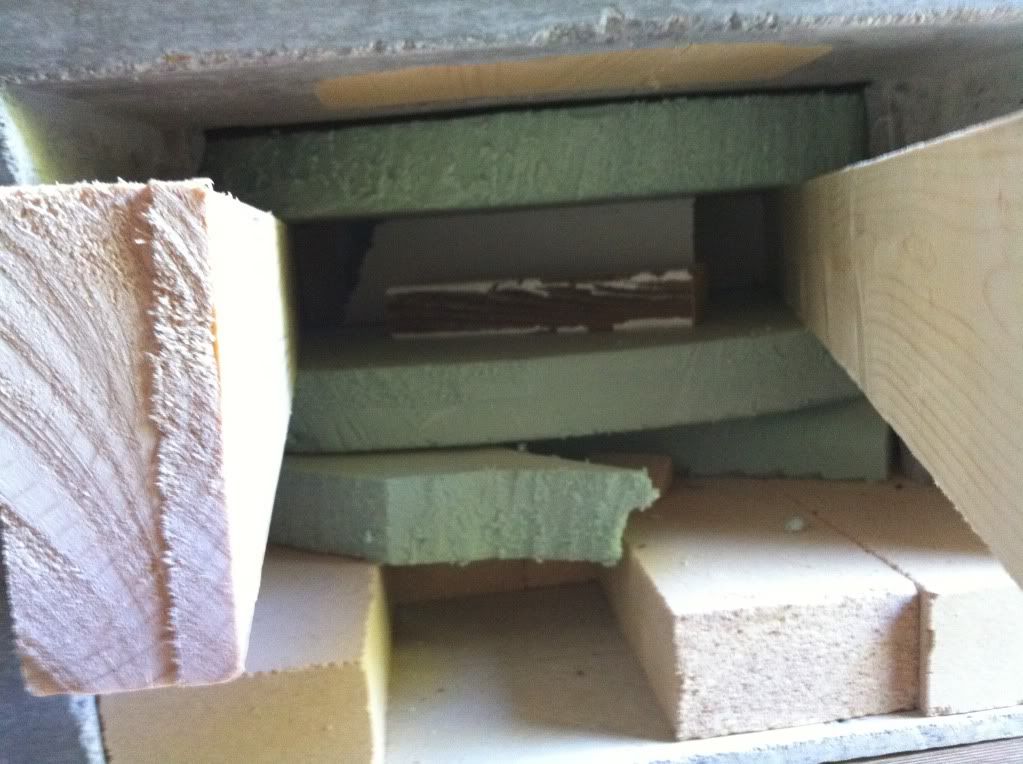
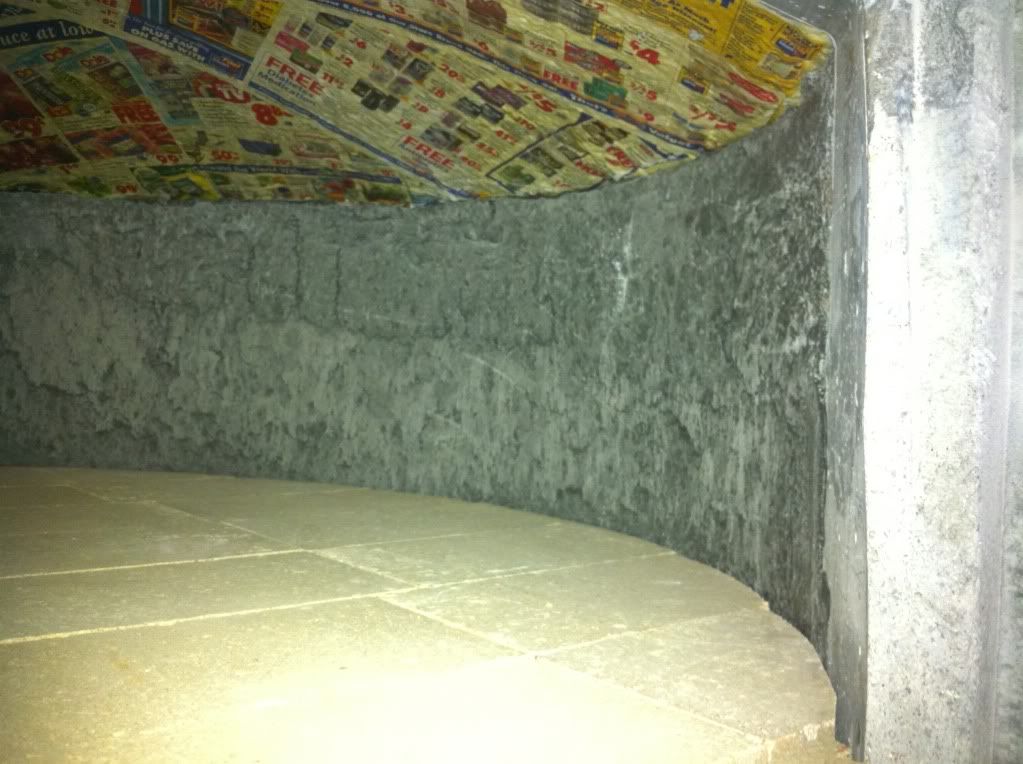
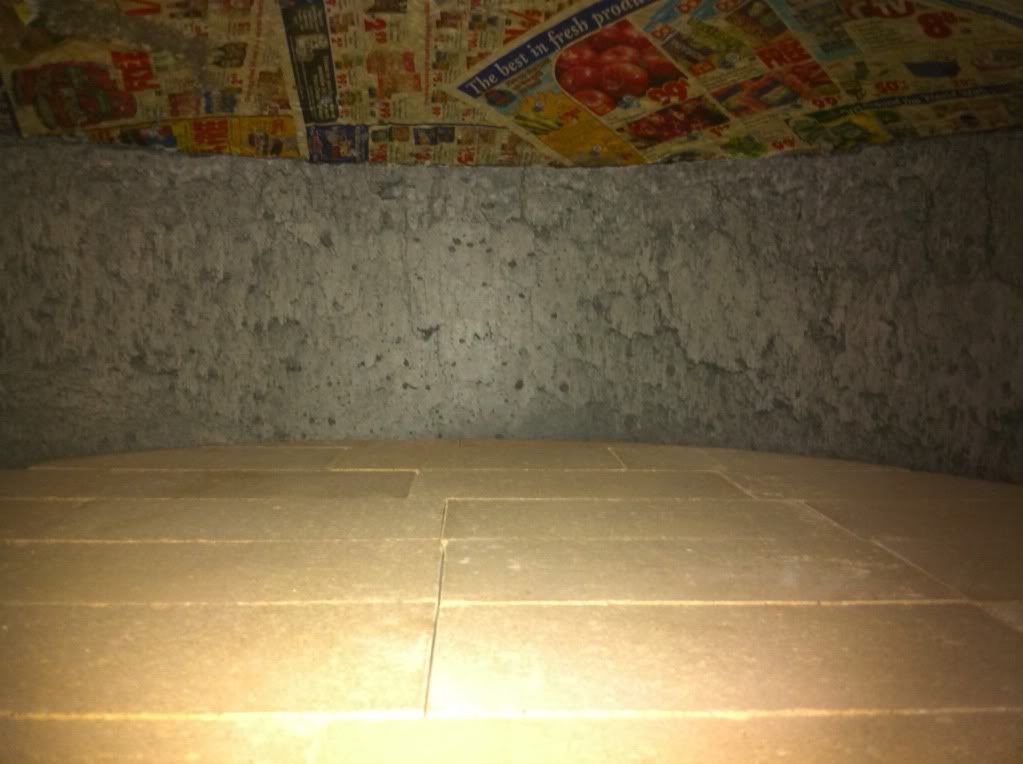

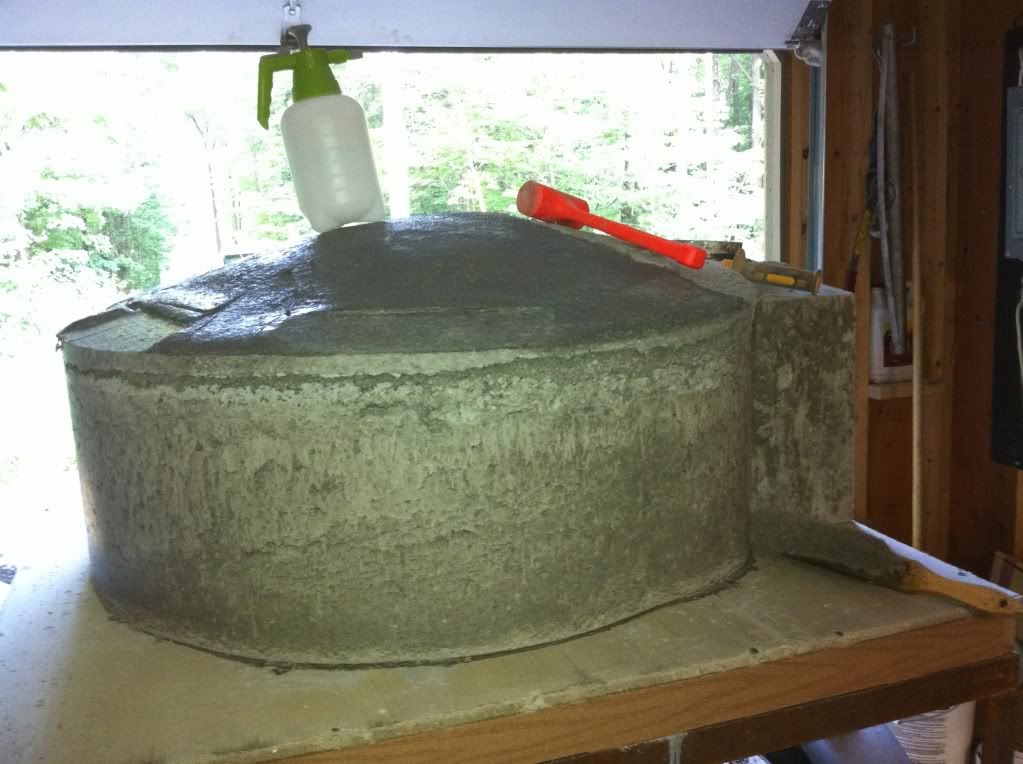
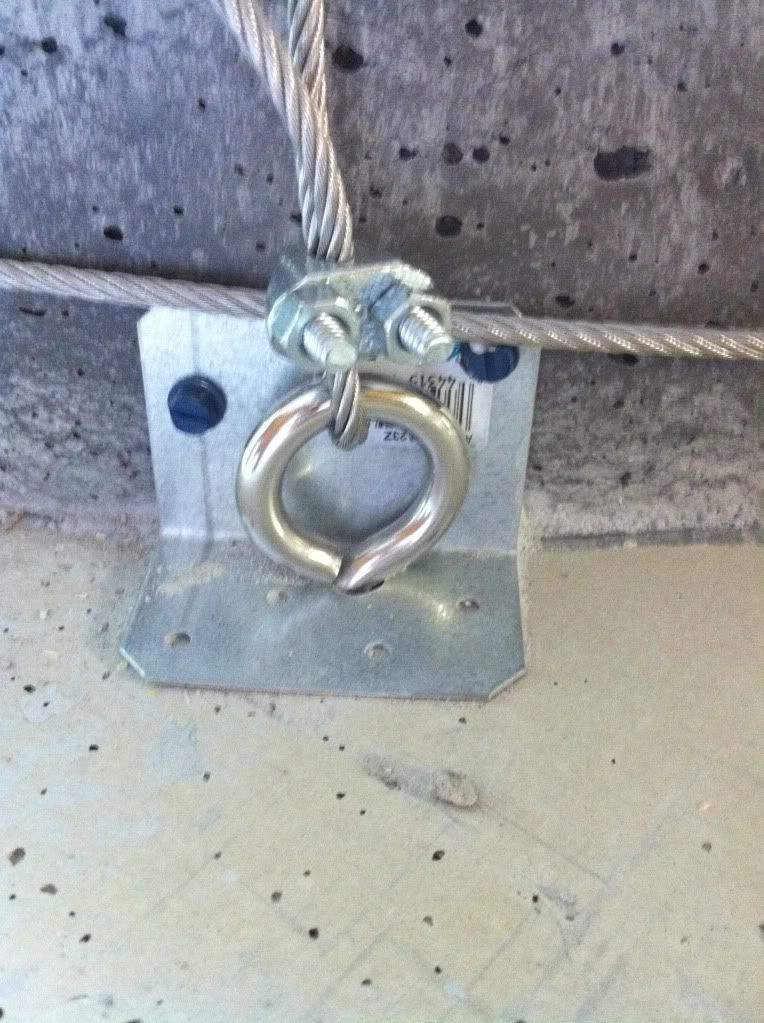
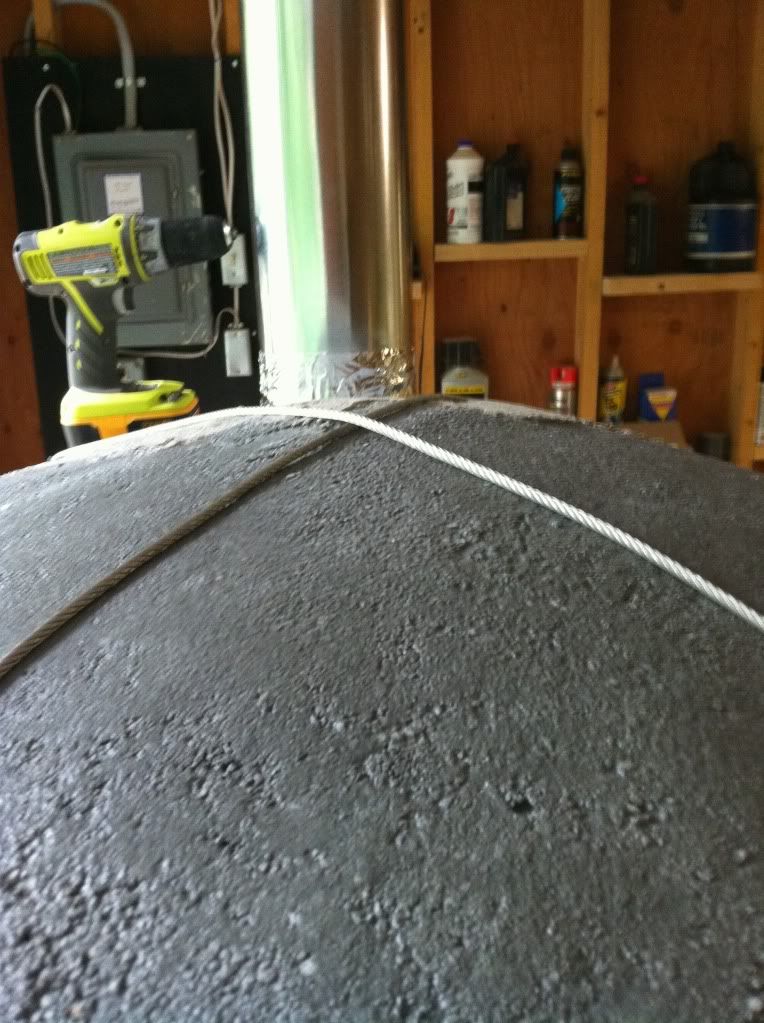
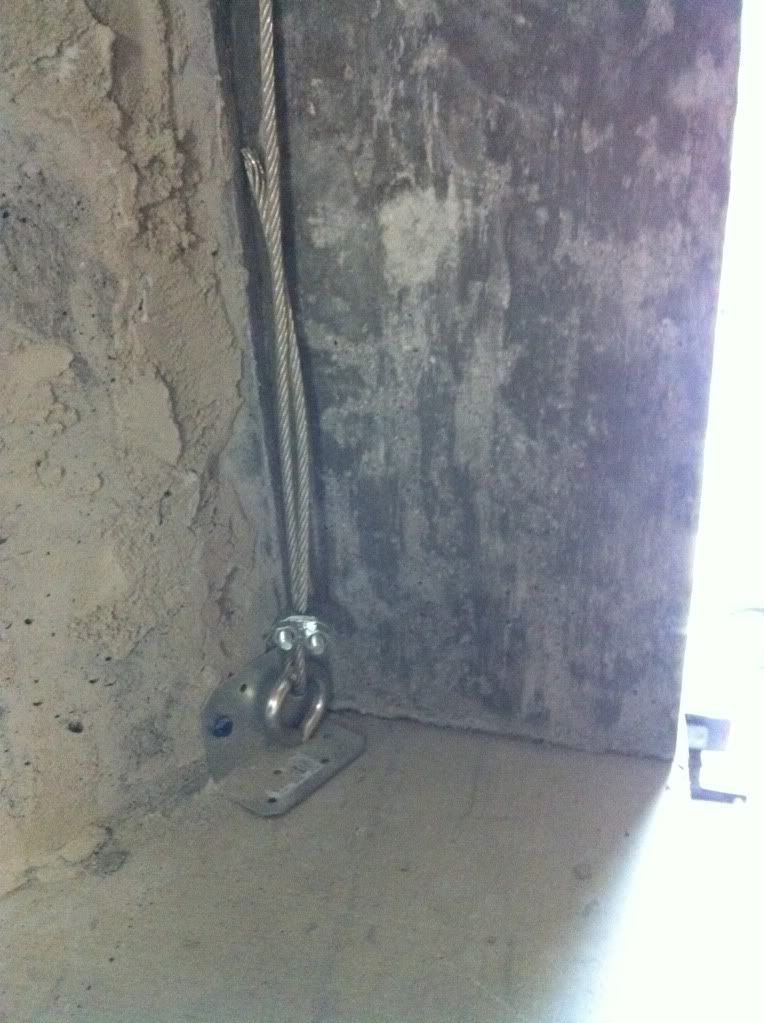
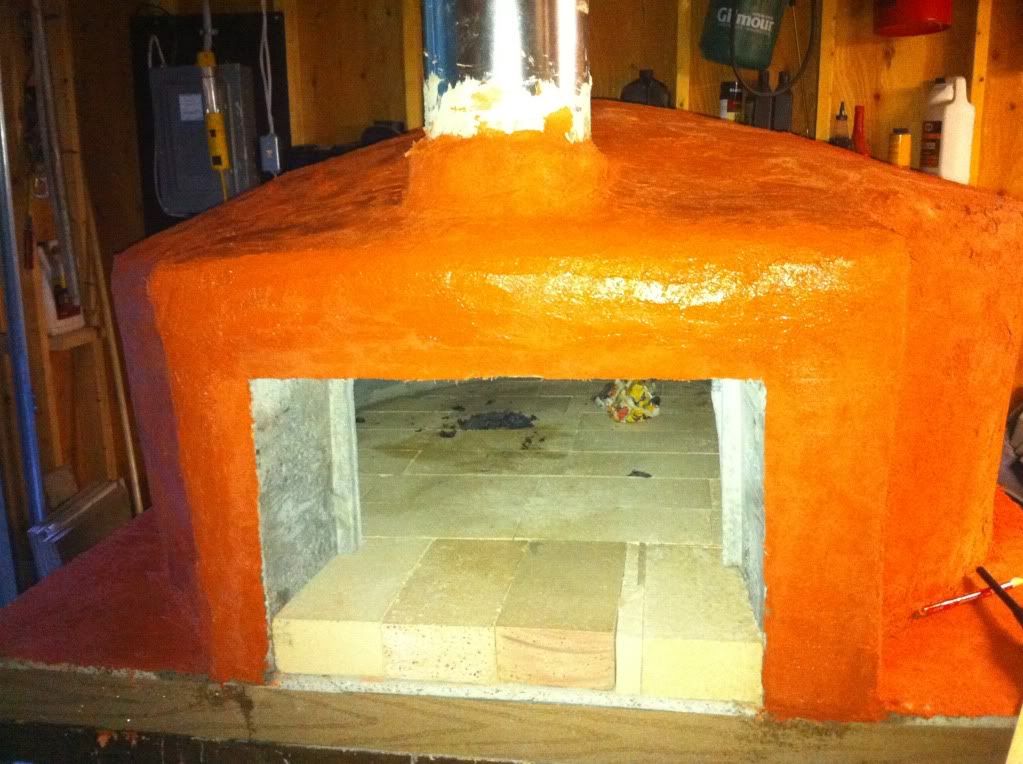
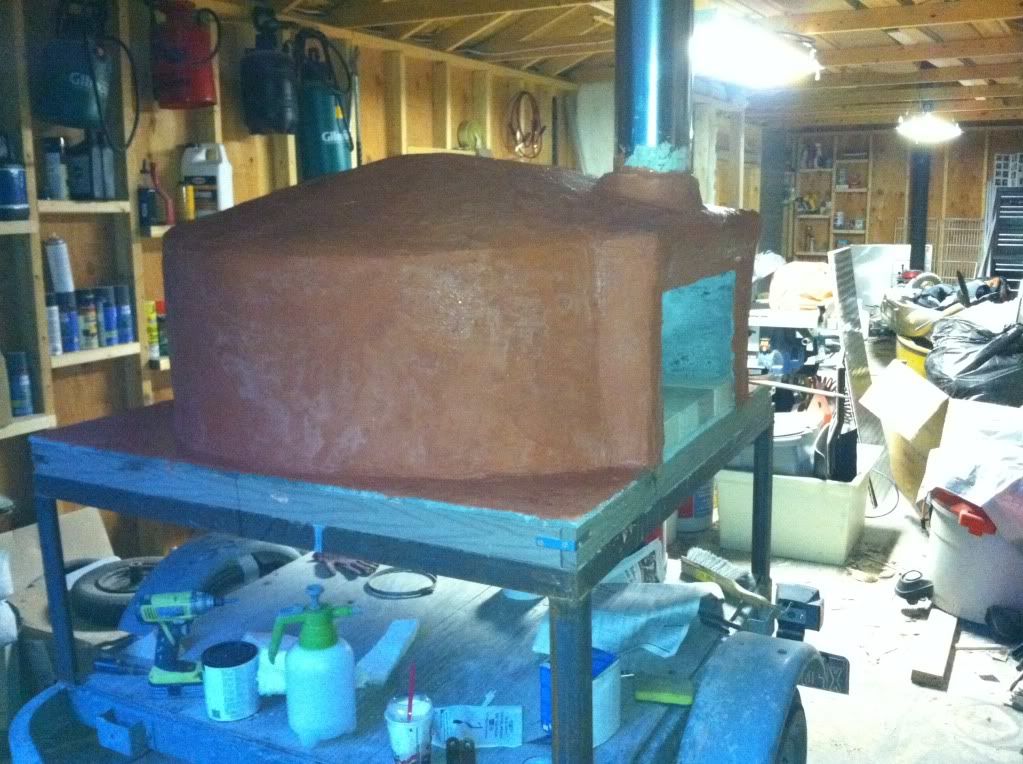

Comment